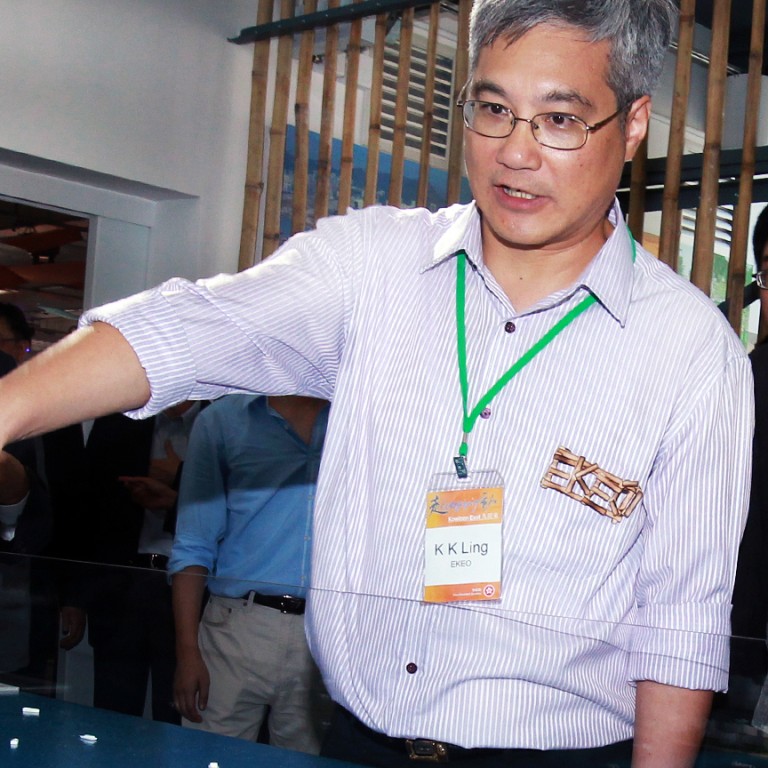
Lantau takes centre stage in new urban development strategy
Hong Kong's future is likely to involve capitalising on economic opportunities in cities on the west of the Pearl River Delta, made possible by developing Lantau and the proposed metropolis on an artificial island next to it.
To translate this vision into reality, a commercial project three times the size of Kowloon Tong shopping centre Festival Walk may, for example, be built at the foot of the Hong Kong-Zhuhai-Macau bridge on Lantau, according to the new urban planning strategy.
Other projects under the proposal include setting up a training school in Tung Chung to nurture tourism professionals and an underwater railway connecting Kennedy Town on Hong Kong Island to the metropolis and on to Lantau.
The ideas were revealed as planning director Ling Kar-kan spoke to the about a new 2030Plus planning strategy proposed for the city.
"Does the public agree with the new planning direction? Or do they only want to focus on developing the northern New Territories? Do we need more infrastructure? These are the questions to be asked," Ling said ahead of a public consultation later this year about 2030Plus.
The strategy is mainly about allocating land for a wide range of future economic and social activities. It was raised in Chief Executive Leung Chun-ying's policy address in January as part of efforts to revise the planning strategy Hong Kong 2030, which dated back to 2007.
Leung mentioned developing an artificial island in the waters between eastern Lantau and Hong Kong Island and making that the city's third central business district.
The idea of setting up commercial and industry hubs on Lantau adds to an earlier suggestion to develop new towns in the northern New Territories areas such as Kam Tin and Hung Shui Kiu.
Ling said both proposals were under preliminary feasibility studies conducted by the Planning and Civil Engineering and Development departments.
"When the Hong Kong-Zhuhai-Macau bridge is operating, Hongkongers going to the mainland will not need to pass through Shenzhen," Ling said.
Cross-border travellers could, for instance, go straight to Zhuhai or Zhongshan .
"Mainland cities on the western side of the Pearl River are expected to offer abundant economic opportunities. We need to reserve a certain amount of land for related economic activities such as tourism."
To date, the city has no clue how many people will live and work in the new metropolis.
But under the proposed 2030Plus, the massive commercial project, tipped to cover over 160,000 square metres, is to be located at the cross-border facility of the bridge, in northern Lantau next to Chek Lap Kok airport.
Tung Chung is to get a vocational training school providing courses for tourism workers.
And the underwater rail link, spanning 4km, would land on southern Lantau and extend to the north through an underground tunnel. The engineering department would launch a feasibility study in the next few months, Ling said.
The strategy would also seek to create more jobs in new towns, to avoid repeating a commuting problem faced by many new-town residents who worked in downtown areas, Ling said.
Other issues to be addressed included ageing, quality of life, and integration of urban development and rural villages, he said.
Asked why a time frame had yet to be placed on the revised strategy, Ling said this would allow more room for change.
"It has nothing to do with the year 2047," when the future of the city's governing principle of 'one country, two systems' would become uncertain. "Economic developments in our city will keep going."

